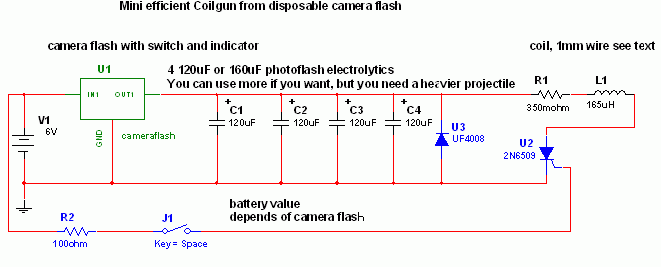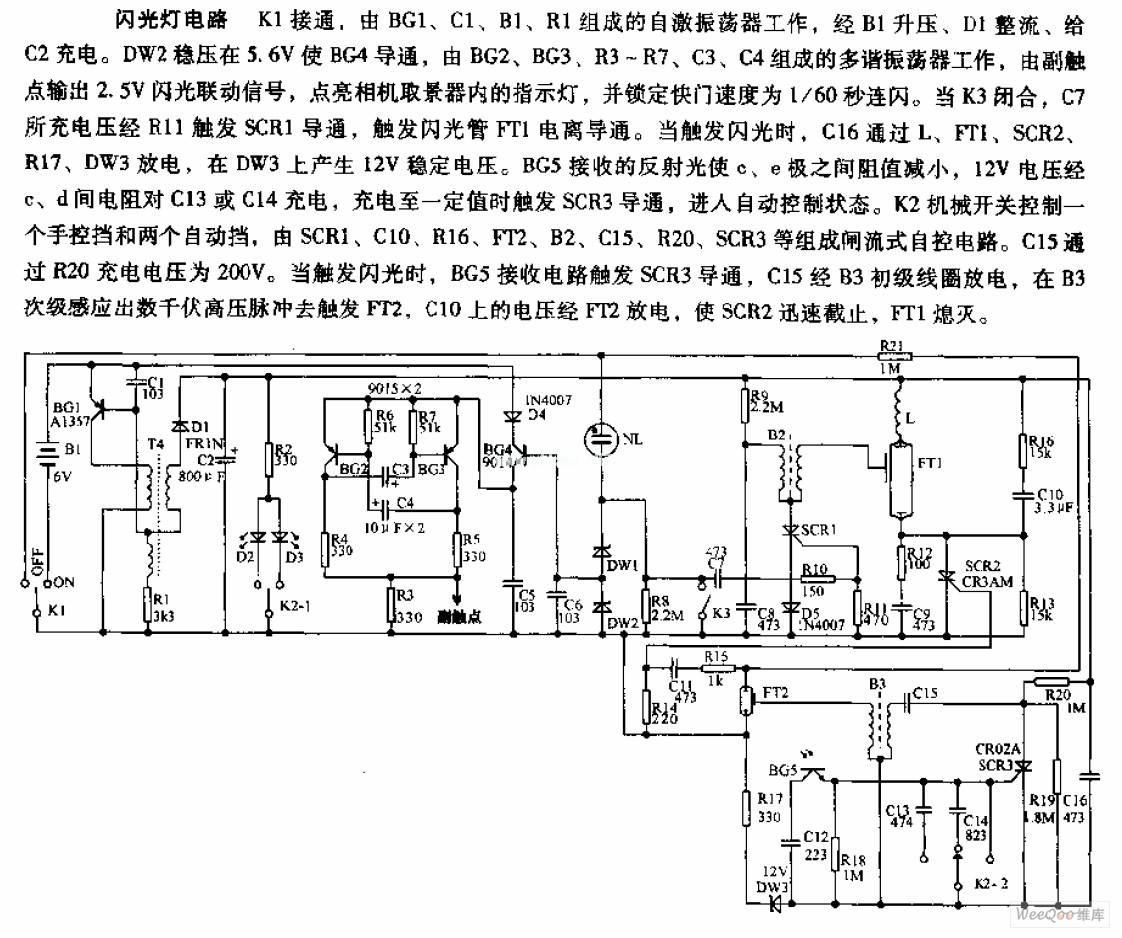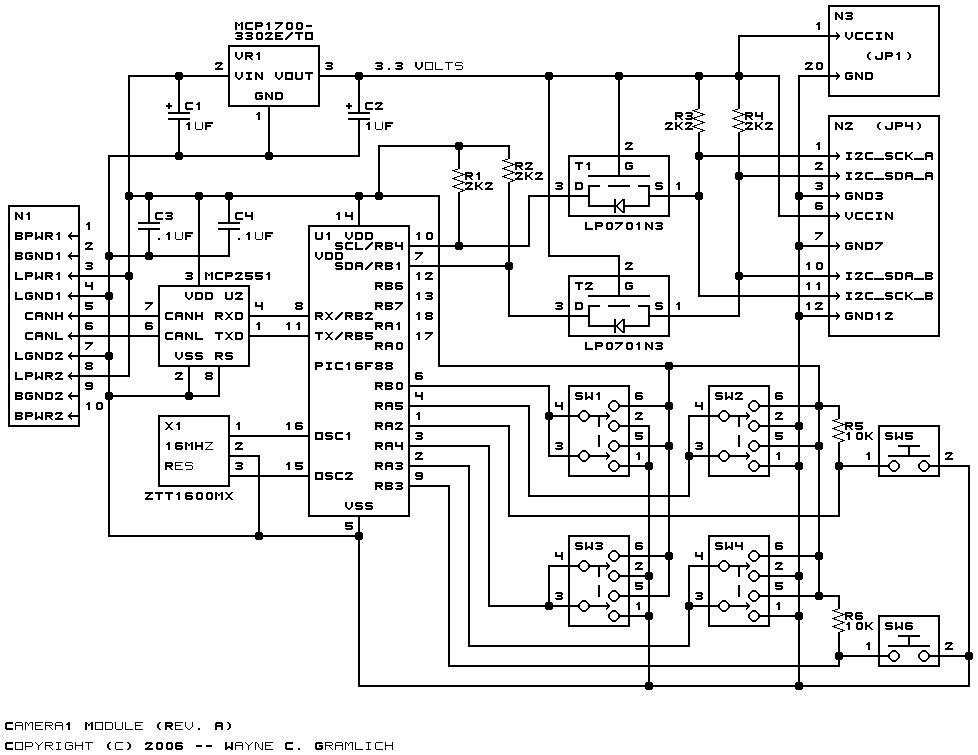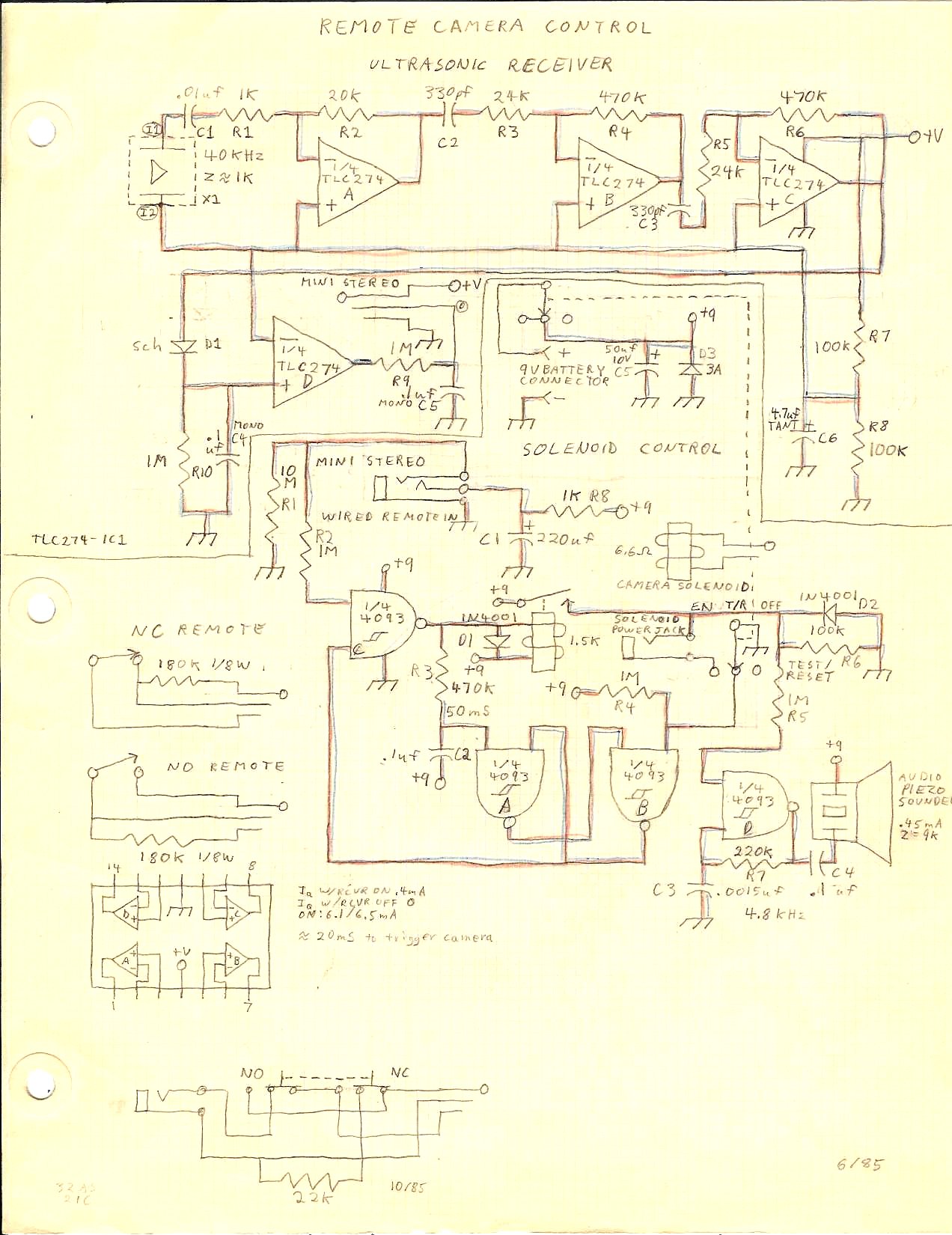
Camera Switcher
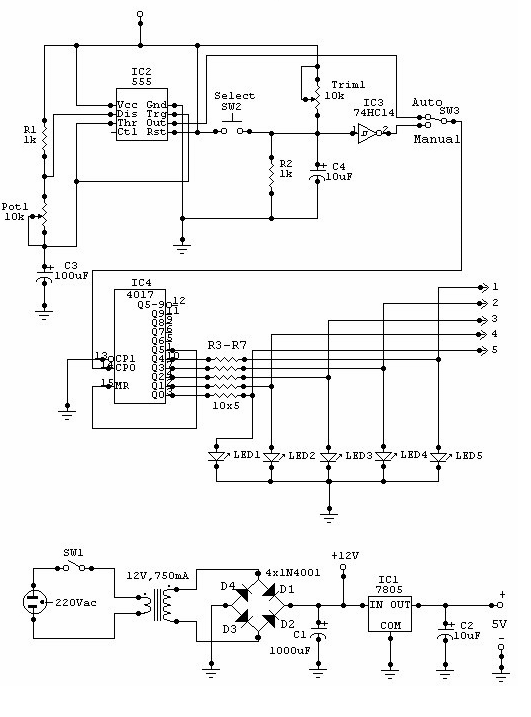
This circuit can be utilized for multiple cameras with a single monitor. The operation can be manual or automatic. In automatic mode, the switch...
This circuit is designed to enable the connection of multiple cameras to a single monitor, allowing for versatile surveillance or monitoring applications. The system can be toggled between manual and automatic operation modes, providing flexibility based on user needs.
In manual mode, the user can select which camera's feed is displayed on the monitor using a physical switch or button. This allows for direct control over the viewing source, making it suitable for scenarios where specific monitoring is required at any given time.
In automatic mode, the circuit incorporates a switching mechanism that cycles through the camera feeds at predetermined intervals. This can be achieved using a microcontroller or a timer circuit that activates each camera in succession. The automatic operation can be beneficial for applications such as security surveillance, where continuous monitoring of multiple areas is necessary without the need for constant user interaction.
The circuit may include additional features such as indicators to show which camera is currently active and a user interface for adjusting the timing of the automatic switching. Power management components should also be considered to ensure that the circuit operates efficiently without overloading the power supply.
Overall, this multi-camera monitoring circuit is a practical solution for environments requiring comprehensive surveillance coverage, balancing user control with automated functionality.This circuit can be used for multiple cameras with one monitor. The circuit can be operated manually or automatically. When operated automatically the swi.. 🔗 External reference
This circuit is designed to enable the connection of multiple cameras to a single monitor, allowing for versatile surveillance or monitoring applications. The system can be toggled between manual and automatic operation modes, providing flexibility based on user needs.
In manual mode, the user can select which camera's feed is displayed on the monitor using a physical switch or button. This allows for direct control over the viewing source, making it suitable for scenarios where specific monitoring is required at any given time.
In automatic mode, the circuit incorporates a switching mechanism that cycles through the camera feeds at predetermined intervals. This can be achieved using a microcontroller or a timer circuit that activates each camera in succession. The automatic operation can be beneficial for applications such as security surveillance, where continuous monitoring of multiple areas is necessary without the need for constant user interaction.
The circuit may include additional features such as indicators to show which camera is currently active and a user interface for adjusting the timing of the automatic switching. Power management components should also be considered to ensure that the circuit operates efficiently without overloading the power supply.
Overall, this multi-camera monitoring circuit is a practical solution for environments requiring comprehensive surveillance coverage, balancing user control with automated functionality.This circuit can be used for multiple cameras with one monitor. The circuit can be operated manually or automatically. When operated automatically the swi.. 🔗 External reference
